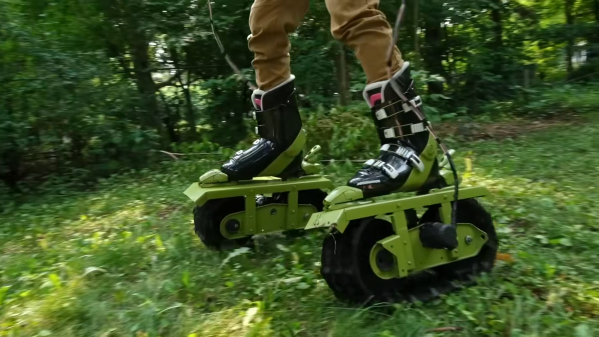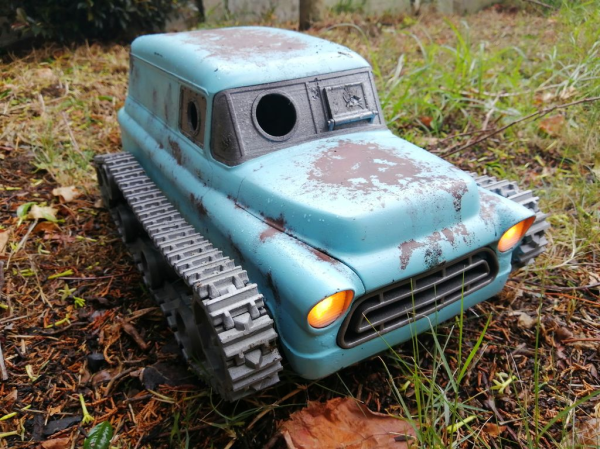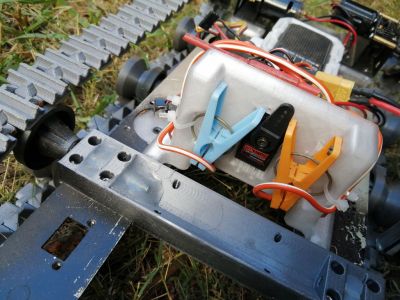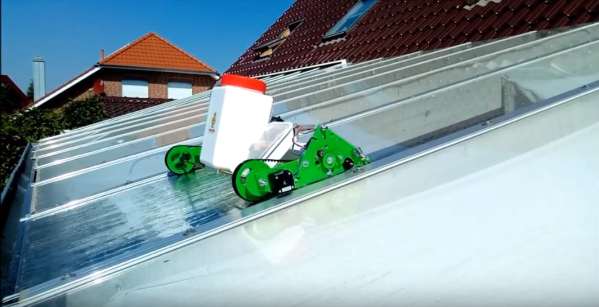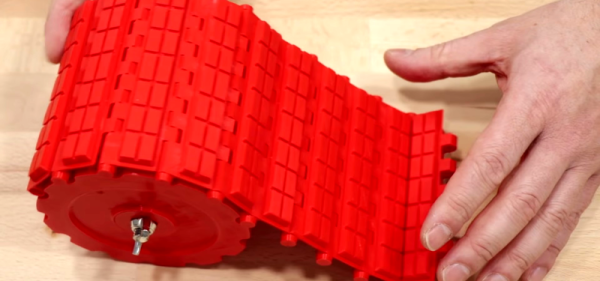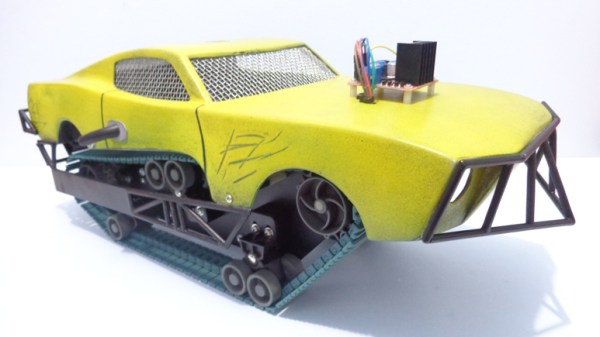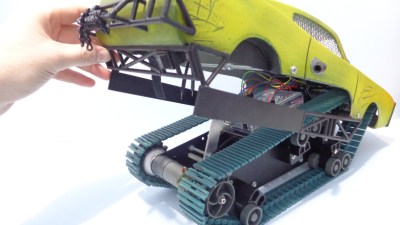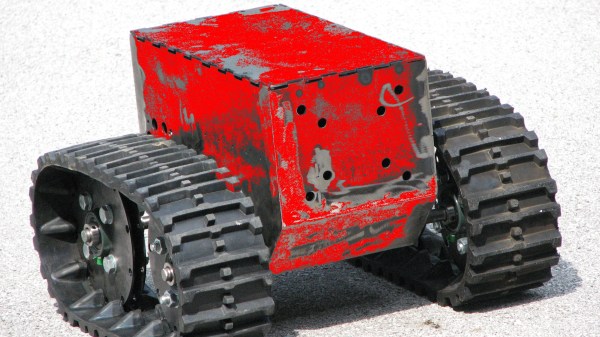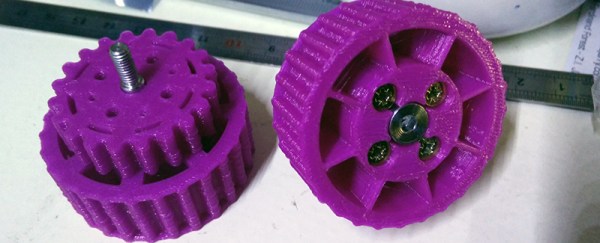Rollerskates are all well and good, but they’re even more fun when they’re powered. Then again, why stick with wheels, when you can have the off-road benefits of tracked propulsion? That’s precisely what [Joel] was thinking when he built this impressive set of Tank Boots.
The build uses a set of tracks from a tracked snowblower, sourced for $50. The tracks are a simple design sans suspension, consisting of a pair of plastic wheels inside the tracks and run via a chain drive. Each snowblower track was given a metal frame with a ski boot and a motor, gearbox, and controller straight out of a power drill. Power was courtesy of a lithium-polymer battery pack.
Riding the boots isn’t easy, with falls and tumbles rather common. Regardless, they get around great offroad in a way that regular rollerblades never could. Bolted together, they make a great tank chair, too. We’ve actually looked at the benefits of tracks versus wheels before, too. Video after the break.

